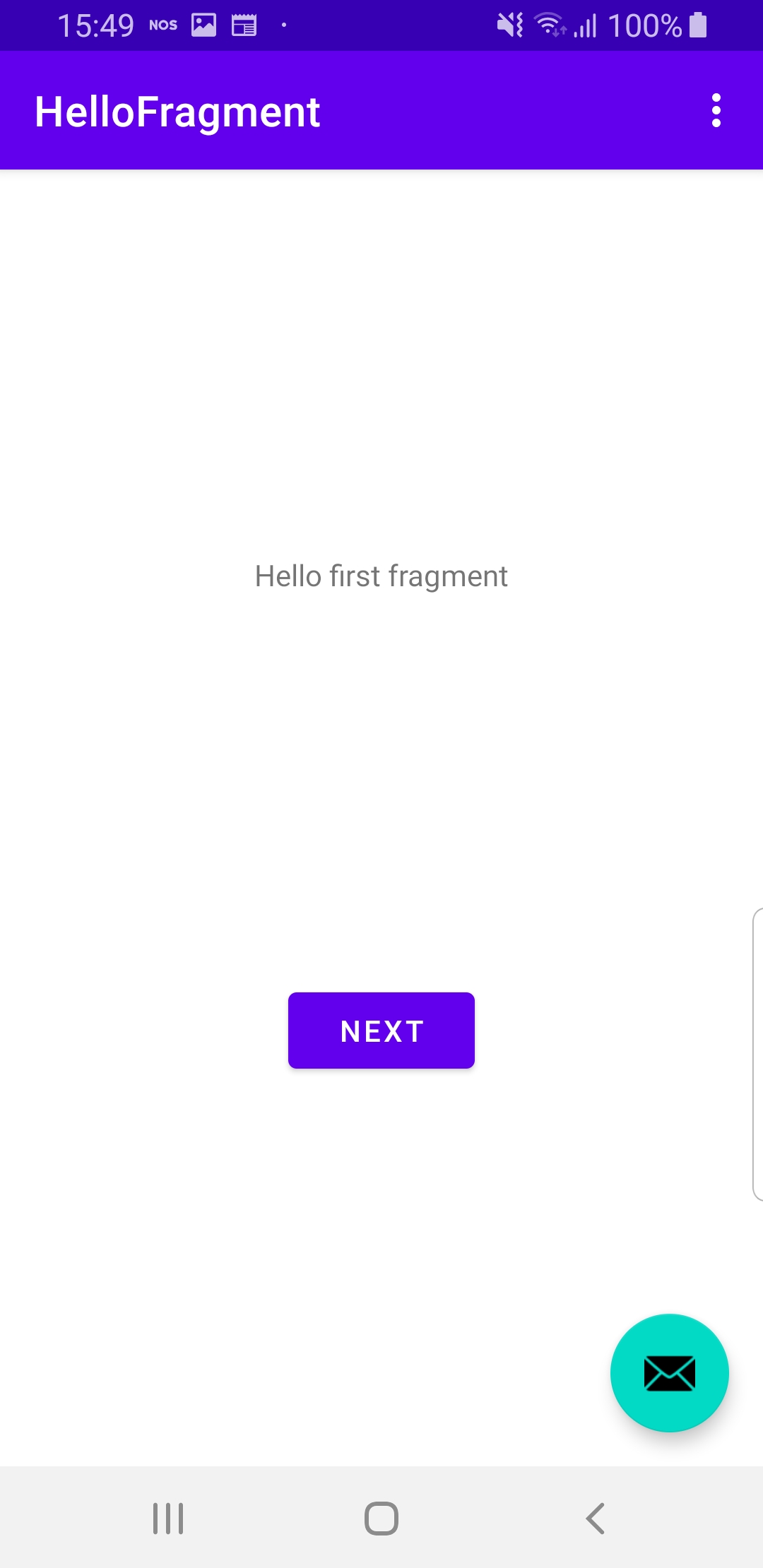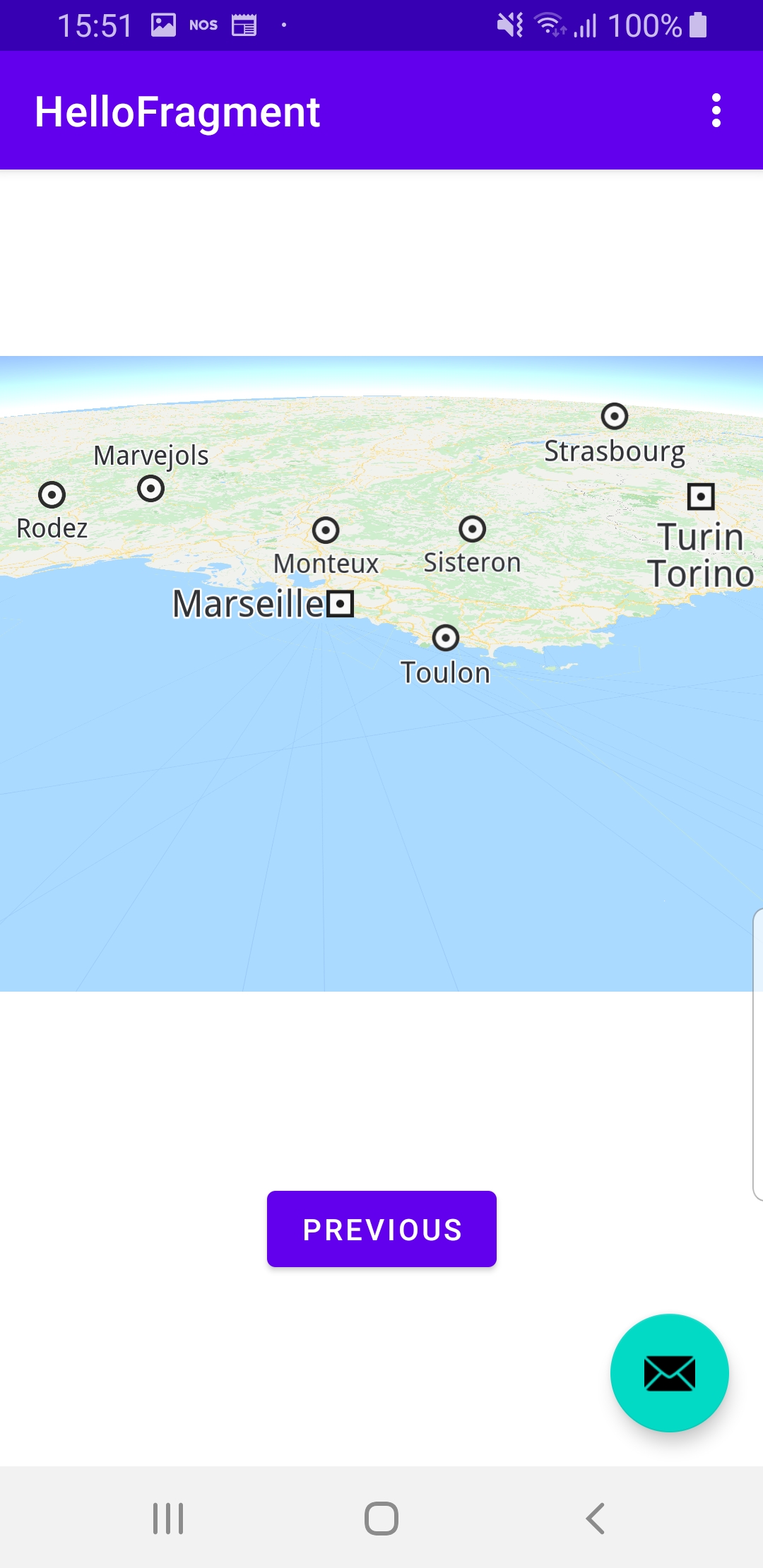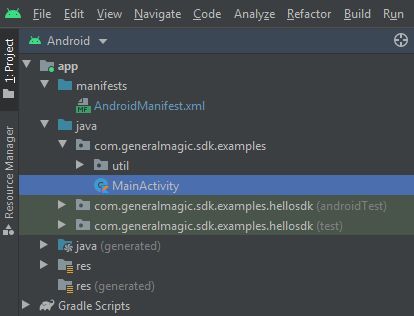Fragment Map
In this guide you will learn how to render an interactive map centered on a desired location. The map is fully 3D, supporting pan, pinch-zoom, rotate and tilt.
Setup
- Get your Magic Lane API key token: if you do not have a token, see the Getting Started guide.
- Download the Maps & Navigation SDK for Android archive file.
- Download the HelloFragment project archive file or clone the project with git.
- See the Configure Android Example guide.
Run the example


An android device should be connected via USB cable. Press SHIFT+F10 to compile, install and run the example on the android device.
How it works
You can open the MainActivity.kt file to see how an interactive map is rendered in a fragment.

class FirstFragment : Fragment() {
override fun onCreateView(
inflater: LayoutInflater, container: ViewGroup?,
savedInstanceState: Bundle?
): View? {
return inflater.inflate(R.layout.fragment_first, container, false)
}
override fun onViewCreated(view: View, savedInstanceState: Bundle?) {
super.onViewCreated(view, savedInstanceState)
view.findViewById<Button>(R.id.button_first).setOnClickListener {
findNavController().navigate(R.id.action_FirstFragment_to_SecondFragment)
}
}
}
The first fragment.
class SecondFragment : Fragment() {
override fun onCreateView(
inflater: LayoutInflater, container: ViewGroup?,
savedInstanceState: Bundle?
): View? {
return inflater.inflate(R.layout.fragment_second, container, false)
}
override fun onViewCreated(view: View, savedInstanceState: Bundle?) {
super.onViewCreated(view, savedInstanceState)
view.findViewById<Button>(R.id.button_second).setOnClickListener {
findNavController().navigate(R.id.action_SecondFragment_to_FirstFragment)
}
}
}
The second fragment.
Each of the 2 fragments has a button to navigate to the other fragment, see res/navigation/nav_graph.xml in the project.
The SecondFragment also renders a map.
First it creates a view in the fragment, onCreateView and then it overrides the onViewCreated function which defines the listener for the button to return to the first fragment.
override fun onCreate(savedInstanceState: Bundle?) {
super.onCreate(savedInstanceState)
setContentView(R.layout.activity_main)
if (!Util.isInternetConnected(this)) {
Toast.makeText(this, "You must be connected to internet!",
Toast.LENGTH_LONG).show()
}
}
MainActivity overrides the onCreate() function which checks that internet access is available, and loads the map setContentView(R.layout.activity_main) as defined in res/layout/activity_main.xml.
Android Examples
Maps SDK for Android Examples can be downloaded or cloned with Git.